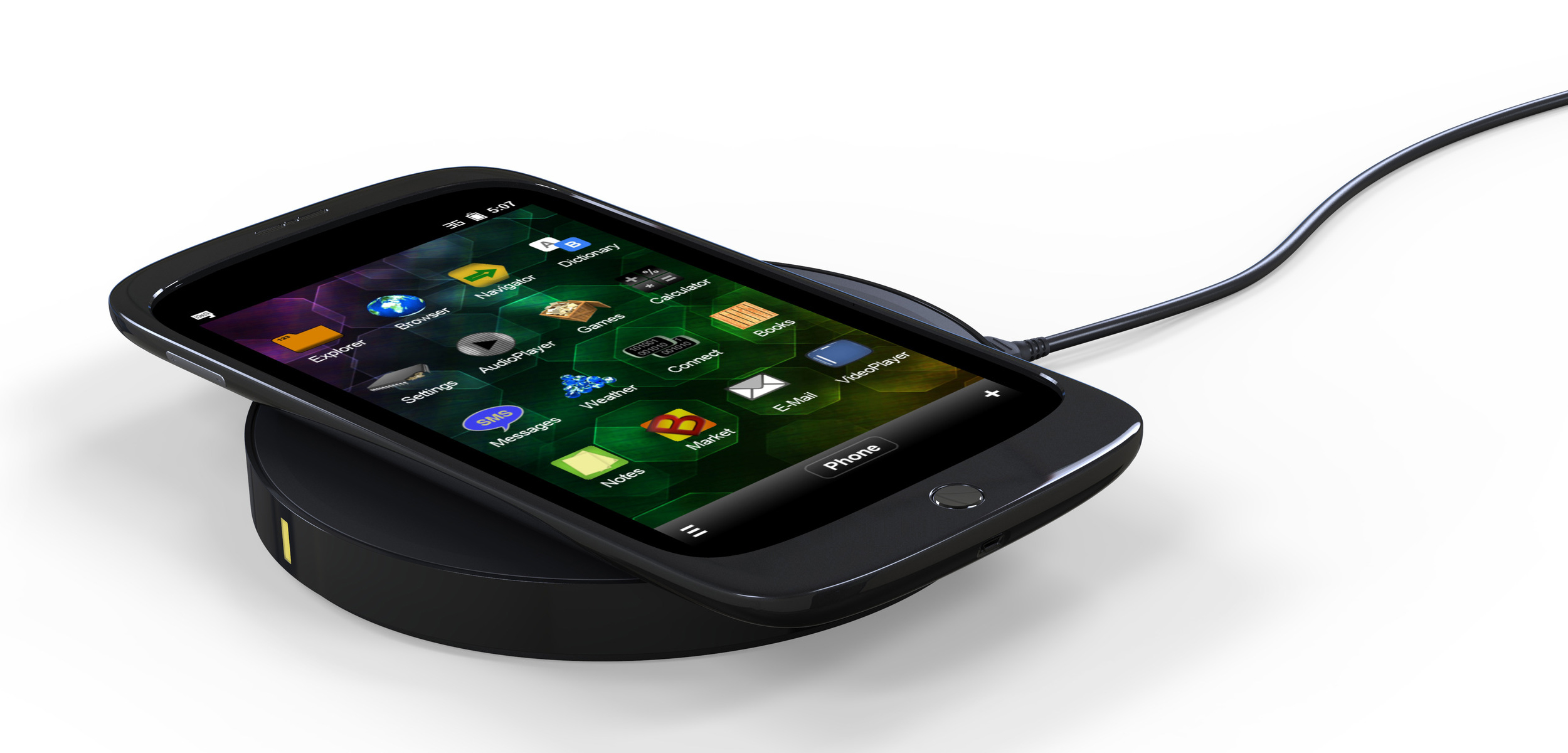So what is wireless charging?
Wireless charging is a way of charging your devices, this being a tablet, a laptop, a smartphone or even devices as large as an electric car, without the use of cables or adapters.
How does wireless charging actually work?
Wireless charging is extremely popular as you are able to just place your device on a wireless charger and it will begin charging, without the use of any USBs or plugs. However, the Wireless charger itself must still be plugged into the wall.
Wireless charging uses magnetism to transmit energy. It uses two coils of wire, one is in the charger, and the other is in the device. The electrical current coming from the power socket at the wall moves through the wire to the wireless charger, this then creates a magnetic field. This magnetic field then creates a current that passes through the coil that is in the charger, generating a ‘fluctuating electromagnetic field’. Then when the device is placed near or on the charger, the coil inside induces the current. This then charges the battery.
How can I get Wireless Charging?
Many smartphones come with wireless charging built into them. The most common brands are LG, Samsung, Google, Motorola, HTC and Sony. If your phone does not come with the ability to charge wirelessly, you may be able to add in the functionality by using a different phone case.
What are the Advantages and Disadvantages of Wireless Charging?
As previously stated, there is now no need for many plugs and USBs which is the biggest advantage as this reduces clutter and makes charging very easy and practically hands free. Also by not having an area full of cables, you are reducing the risk of being shocked by a faulty cable. Another advantage is that by using wireless charging, there are no connectors required which may harbour bacteria, so therefore this is more applicable for medical instruments that need to be battery powered. Lastly, wireless charging really has no health risks, ‘the charger creates a field that is no more dangerous than radio waves, and isn’t strong enough to have any effect on the human body’.
However, there are also a few disadvantages of wireless charging. The main one being that wireless charging is not very energy-efficient. This is due to the fact that it produces a lot of heat. This therefore means that it takes longer to charge your phone.
What should I look for in a Wireless Charger?
There are some features that you should look out for when choosing your wireless charger. Some devices have specific chargers for them, so it is usually best to stick to these particular ones. However, there are many wireless chargers that are usable throughout numerous devices such as the GMYLE, Transparent Acryl Disk Qi Charging Pad which is compatible with most popular smartphone models such as Samsung Galaxy S6, Google Nexus 6P etc.
Something else to bear in mind is the amperage of the charger for the wireless charging pad. The more amperage that the charger has, the faster the device’s battery will charge.
So what is the future of Wireless Charging?
At the moment the most use that wireless charging is having, is by using it at your desk at work, or in your bedroom. However, looking into the future, you could possibly be seeing these wireless pads appearing everywhere. Already, Starbucks have begun introducing this into its coffee shops across the UK after great success in the US. IKEA are even putting wireless charging pads into their furniture.
There are still many developments within Wireless Charging. One of these being to look at the potential of having a charging pad that can charge at a distance. Whereas at the moment the device needs to be touching the pad, or in very close proximity. However, it is possible that one day you could just be in the same room, and potentially be able to charge your device.
Lastly, wireless charging really has no health risks. As the charger creates a field that is no more dangerous than radio waves, it isn’t strong enough to have any effect on the human body.

